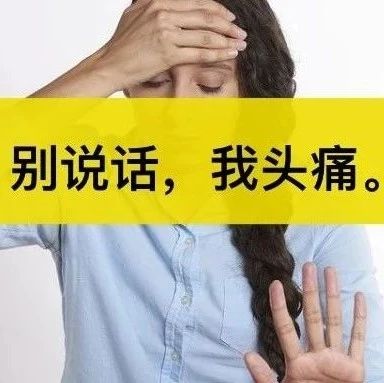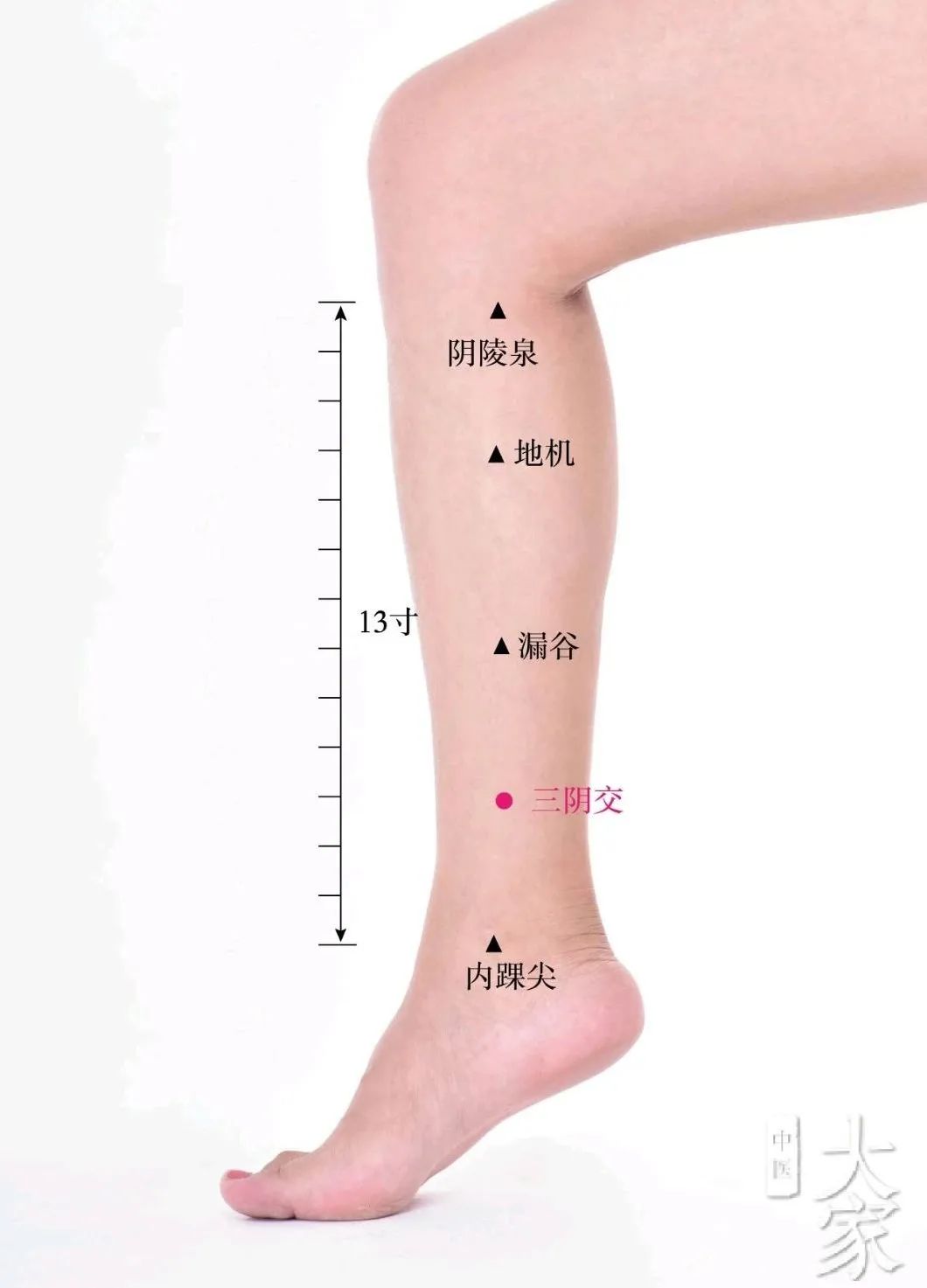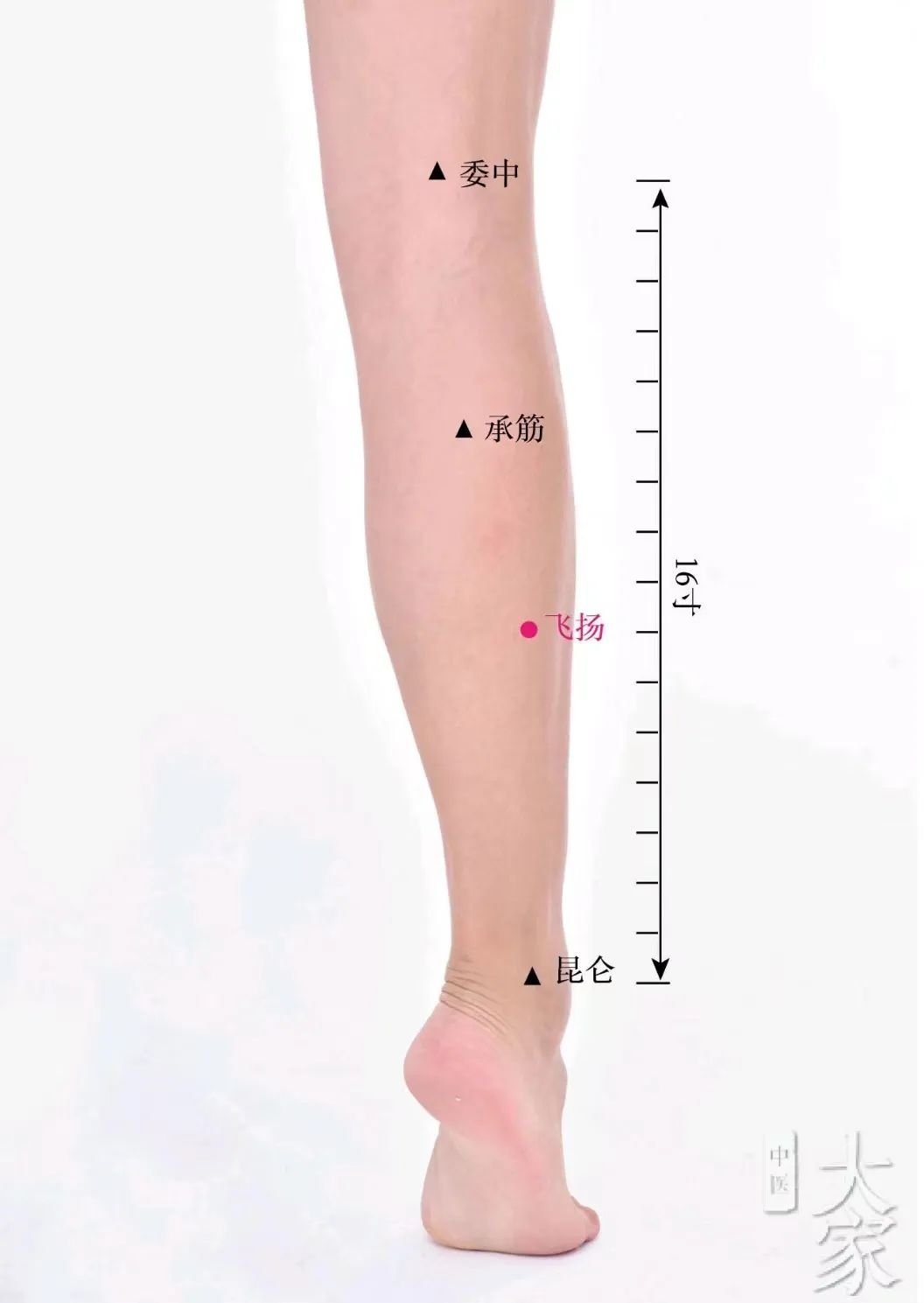
 Chinese Medicine Book ClubIssue 3457One article daily, accompanying the growth of TCM practitioners
Chinese Medicine Book ClubIssue 3457One article daily, accompanying the growth of TCM practitioners
Introduction: Pain is a common condition treated effectively with acupuncture; indeed, the concept of one needle for pain relief is not new in acupuncture. However, beyond just pain relief, we can achieve even better results. How can we turn effectiveness into exceptional effectiveness? It relies on both theory and technique, and we will learn from Mr. Guo, known as “Guo Yi Zhen” (Guo One Needle), the key to effective pain relief. (Editor/Ru Yi, Ju Ye)
Click the bottom right corner of the article to【like】【view】
Establishing a deep reading (friendship) relationship

One Needle for Pain Relief: The Essence of AcupunctureAuthor/Wa Li
Is it better to have a migraine for 10 years or 30 years? If we are the patients, we might hope to recover immediately.
The truth is: migraines are common but difficult to treat, and it is not uncommon for people to suffer for twenty or thirty years without relief.
-
10 years of migraines, one needle for pain relief is not miraculous; this is the essence of acupuncture.
A 30-year-old woman had been tormented by migraines for over 10 years, suffering greatly. Medication and acupressure were ineffective. During her visit, she experienced left-sided migraines, with pain radiating to the left brow ridge and the Yao Wei (Head’s Meeting) point, accompanied by nausea and vomiting, and a pale complexion. The patient was also menstruating, with dysmenorrhea and blood clots.
Diagnostic approach:
Based on the location of the migraine, the affected meridian was primarily the Foot Shao Yang Gallbladder Meridian, followed by the Foot Yang Ming Stomach Meridian. Considering the nausea and vomiting, it was thought that the Wood of the Gallbladder was overcoming the Earth of the Spleen. The treatment should address the symptoms urgently by unblocking the Gallbladder Meridian. Since the patient was extremely fearful of needles, distal points were chosen to minimize stimulation.
Acupuncture points selected for treatment:
Left Yang Ling Quan (Yanglingquan). After inserting the needle, gentle twisting was performed, and the patient reported strong sensations, requiring some reassurance. Once the patient’s symptoms alleviated and trust was established, “gentle needle slow twist, slow needle fine twist” techniques were applied, leaving the needle in for one hour. Upon removing the needle, the patient joyfully reported that her head no longer hurt, and even the previously stiff neck felt better.
This case study comes from a disciple of Teacher Guo Tingying, with a clear clinical thought process, using only one point, yet achieving immediate results. For those still struggling to grasp various acupuncture theories, could this be enlightening?
-
Applying textbooks effectively leads to good results
Such cases are common in Teacher Guo Tingying’s practice; he has been practicing acupuncture for 60 years, adept at treating difficult diseases, and is known as “Guo Yi Zhen” (Guo One Needle), especially effective in treating pain. Teacher Guo is somewhat “frugal with words”. When students ask for acupuncture secrets, he smiles slightly and says, “Look at the fifth edition of the acupuncture textbook, what page does it say…” Students who previously did not value textbooks, after mastering Guo’s acupuncture techniques, wonder why the textbook has become a secret manual.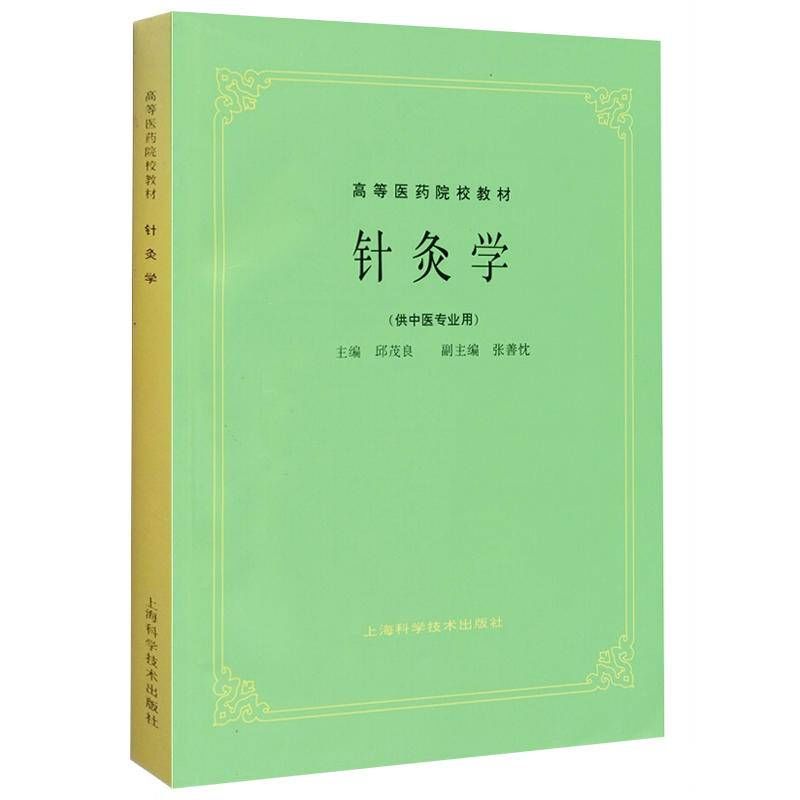 When asked about his clinical approach to treating pain, he would say that meridian differentiation and corresponding cross-point selection are very effective. These seemingly simple textbook theories can indeed treat diseases. Strangely, when he needles according to the book, patients respond positively as if they are “blessed”. Whenever this is mentioned, Teacher Guo expresses a bit of regret, stating that what is recorded in textbooks is actually valuable knowledge, but we have not learned why. If there is any difference, it is that he emphasizes the classics, having confirmed through 60 years of practice the most effective points among these selections. For example:Treating dysmenorrhea using Ci Liao (Ciliao) is correct, but Teacher says: “San Yin Jiao (Sanyinjiao) is more effective”.Treating rhinitis using He Gu (Hegu) and Ying Xiang (Yingxiang) is correct, but Teacher says: “Fei Yang (Feiyang) is more effective”.
When asked about his clinical approach to treating pain, he would say that meridian differentiation and corresponding cross-point selection are very effective. These seemingly simple textbook theories can indeed treat diseases. Strangely, when he needles according to the book, patients respond positively as if they are “blessed”. Whenever this is mentioned, Teacher Guo expresses a bit of regret, stating that what is recorded in textbooks is actually valuable knowledge, but we have not learned why. If there is any difference, it is that he emphasizes the classics, having confirmed through 60 years of practice the most effective points among these selections. For example:Treating dysmenorrhea using Ci Liao (Ciliao) is correct, but Teacher says: “San Yin Jiao (Sanyinjiao) is more effective”.Treating rhinitis using He Gu (Hegu) and Ying Xiang (Yingxiang) is correct, but Teacher says: “Fei Yang (Feiyang) is more effective”.
|
|
|
Images from the Chinese Medicine Community
Teacher Guo never refers to these as “Guo’s Theory” because they are all recorded in classical Chinese medicine, which we should all know but have not paid attention to.
-
Skillfully using specific points leads to fewer acupuncture points
Teacher Guo is adept at using the Five Transport Points and Source Points, often achieving results with just one needle. For example, to treat stubborn migraines, he uses only one needle at Yang Ling Quan (Yanglingquan). Teacher Guo Tingying believes that Yang Ling Quan is the meeting point of the Foot Shao Yang Gallbladder Meridian, which “governs counterflow and drains”, and can clear Gallbladder fire, making it a special effective point for treating migraines. Moreover, the number of points selected directly affects efficacy; there is an antagonistic effect between different acupoints, and using only Yang Ling Quan is much better than unnecessarily adding other points.
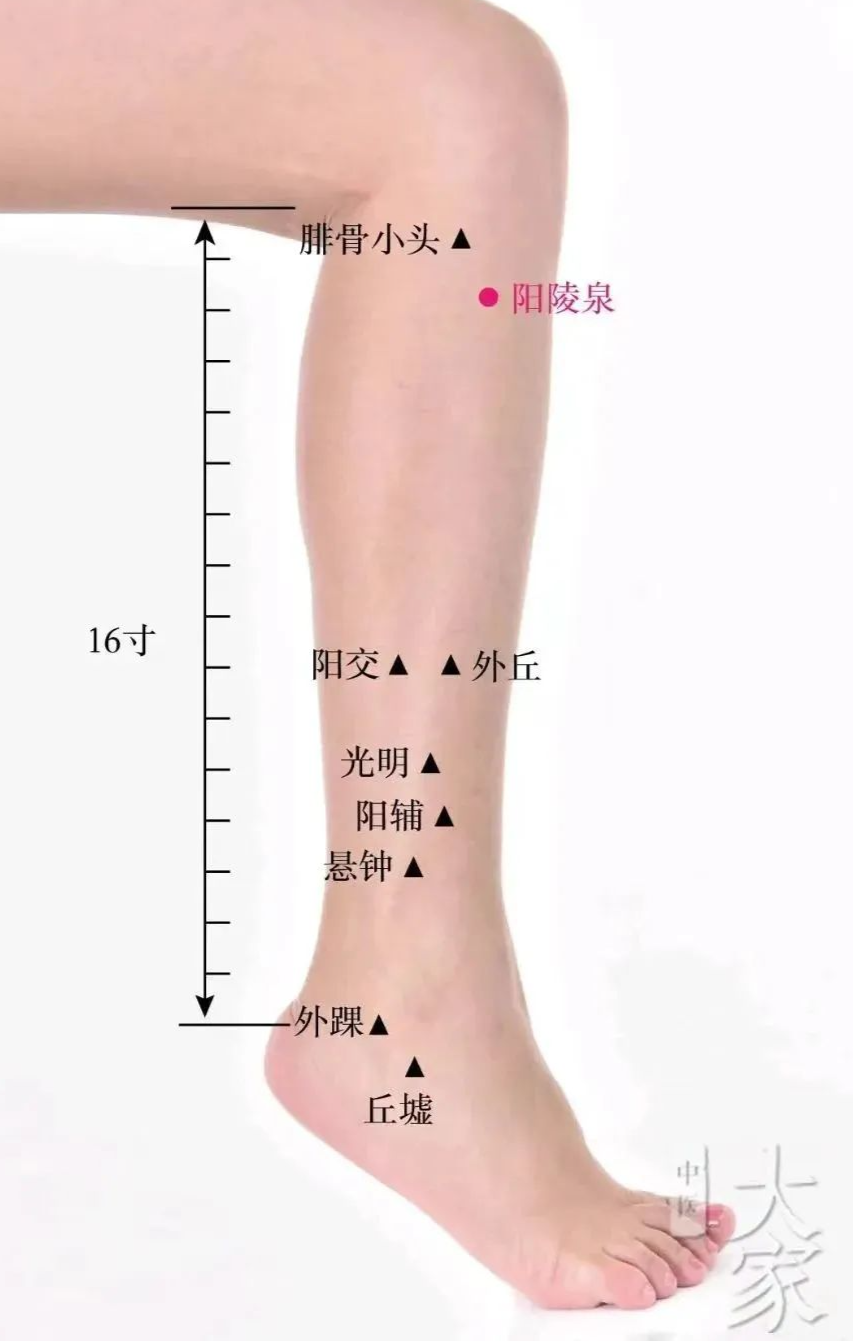
Images from the Chinese Medicine Community
Through his clinical practice, he conveys a concept, a key, telling us that acupuncture should be minimal yet precise; a scattergun approach to treatment is not advisable!
Teacher Guo often starts treating pain by draining excess. As stated in the “Biao You Fu”, “Generally, pain is due to excess drainage, while itching and numbness are due to deficiency supplementation”, especially severe pain is mostly excess syndrome. Many people know that “if it does not flow, it hurts”; in fact, lack of flow is a type of excess syndrome. By selecting acupuncture points at distal meridian locations, we can draw away the concentrated Qi from the painful area, balancing the Qi and blood throughout the meridian. Skillfully using specific points. “Transport points govern heavy joint pain”, “Source points govern diseases of the corresponding meridian”, these seemingly simple clinical principles have been refined over 60 years to be used with ease. As for pain in the limbs and bones, there is a complete set of theories for cross-point selection corresponding to the same meridian. It is precisely because of this high-level thinking that he can deeply understand diseases in clinical practice, utilize meridians, and master point characteristics, achieving multiple benefits with one action.
-
To achieve refined techniques, use gentle needles with slow twisting
Many people learning acupuncture become confused by various supplementation and draining theories, but Teacher Guo does not discuss supplementation and draining techniques. His acupuncture technique is characterized by “gentle needle slow twist, slow needle fine twist“. There is no need for forceful rapid penetration; rather, the needle should exert therapeutic effects at the moment of skin penetration. After achieving Qi sensation, the technique of “stagnation needle” is used to enhance the needle sensation and improve efficacy. There are also specific considerations when removing the needle; it should be withdrawn in the same manner it was inserted. Paying attention to the patient’s needle sensation is an important principle in his clinical practice. During needling, he observes every frown, smile, and movement of the patient, truly embodying the caring heart of a healer. Teacher Guo often says: “Patients who come to you for treatment are your benefactors, not your enemies.”“Easy to learn, simple techniques, quick to master, and effective.” is the sentiment of many students after learning. Teacher Guo’s students are gradually becoming “Li Yi Zhen”, “Zhao Yi Zhen”… I believe you can do it too. Teacher Guo not only inherited Teacher Guo’s techniques but also enjoys telling stories to students, sharing the story of how the head of the endocrinology department became “Li Yi Zhen”: If you want to understand the academic content of Guo’s acupuncture, you can study the course “Characteristics and Techniques of Guo’s Acupuncture”. The first half is taught by Guo Shuai, the inheritor of Guo’s acupuncture, discussing the theoretical part, while the second half features the nearly 80-year-old Teacher Guo Tingying personally treating patients with chronic pharyngitis, back pain, chronic rhinitis, and skin diseases.
While treating, the old master elaborated on why Zhao Hai (Zhaohai) can treat pharyngitis, Fei Yang can treat rhinitis, Nei Guan (Neiguan) can stop itching, and Hui Yin (Huiyin) can treat herpes zoster and breast hyperplasia. Practicing acupuncture techniques, what does gentle needle slow twist mean? What does slow needle fine twist mean? Finally, why is stagnation needle necessary, and why should needle removal also follow specific techniques? One needle is not just a random insertion; intention, hand, needle, and Qi must all align to achieve the effect of immediate results.
Course Directory
[Trial] Fewer Acupuncture Points, Refined Techniques, Special Effective Points, Cultivating “Guo Yi Zhen”[1] Selecting the right acupoint, firmly grasping the specificity of single points[2] Back Shu points and Hui Yin points are both special effective points[3] Invoking Qi, obtaining Qi, consolidating Qi, demonstrating “Unity of Intention and Qi”[4] On-site Q&A, sharing knowledge without reservation
The lecture is not long, but behind it lies the efforts of three generations of Guo’s acupuncture and Teacher Guo’s heartfelt dedication over 60 years. What we draw from Teacher Guo Tingying is not only skill but also a heavy will.
↓ Scan the QR code below to listen immediately ↓
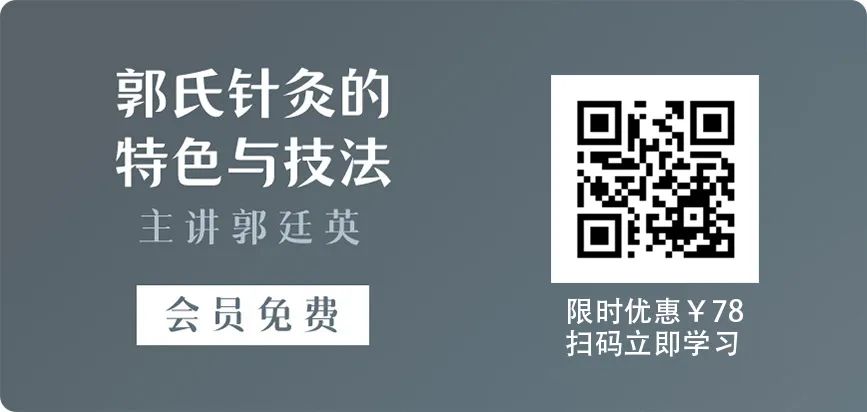
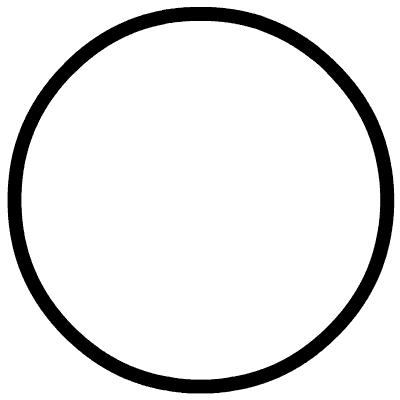 Click here to listen
Click here to listen

